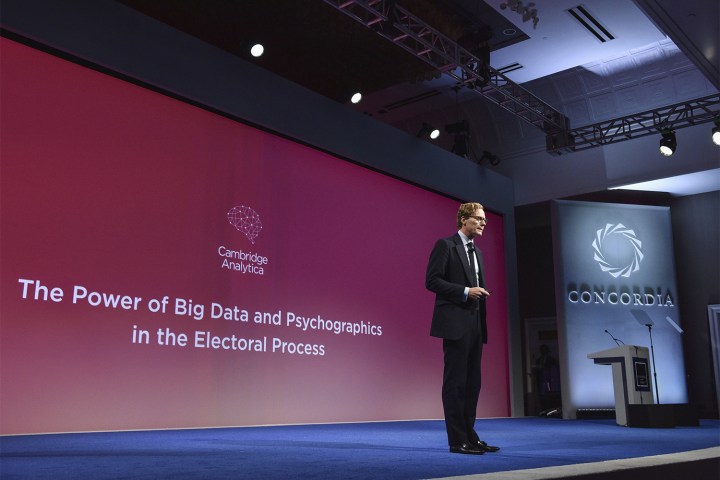
The tech industry isn’t immune to scandal. With literally trillions of dollars at stake and the ability to gain access to people from all over the world for personal or political gain, that’s no surprise. But what are the biggest scandals to have shaped the history of high tech as we know it? While it’s tough to narrow it down to just a short list, here are seven of the most infamous.
Samsung’s disastrous Note 7
Think of how much it would cost to have airlines read out the name of your company’s latest flagship
After news stories ranging from a Note 7 torching a family’s car to one causing the evacuation of a Southwest Airlines flight, Samsung made the decision to recall the disastrous handset at great personal expense. It tried reissuing a corrected version, but this also suffered from similar issues. In the end, Samsung took the phone off the market entirely and put out a software update to brick any surviving handsets.
To this day, the company’s reputation as a handset maker is suffering the aftereffects of the Galaxy Note 7 scandal.
The treatment of Alan Turing
Unlike many of the scandals on this list, the death of Alan Turing was tragically not officially recognized as such for many years. Turing, the genius World War II codebreaker, computer pioneer and grandfather of artificial intelligence, killed himself in 1952.
This followed Turing’s conviction for gross indecency after he was exposed as homosexual at a time when this was illegal in Britain. Turing was given the choice of prison or a painful chemical castration, and opted for the latter. He subsequently committed suicide at the age of 41.
In 2013, Turing was given an official royal pardon. It reads: “Now know ye that we, in consideration of circumstances humbly represented to us, are graciously pleased to grant our grace and mercy unto the said Alan Mathison Turing and grant him our free pardon posthumously in respect of the said convictions.”
The death of Aaron Schwartz
Along with Alan Turing’s story, the death of Aaron Schwartz is the most tragic scandal on this list. Schwartz was a computer programmer and copyright activist who committed suicide in 2013 after being charged with downloading large numbers of academic journal articles to make them freely available online.
Schartz’s punishment entailed a potential maximum of $1 million in damages and 35 years in prison. He was found dead after hanging himself in his Brooklyn apartment, a victim of one of the most shameful chapters in the history of the U.S. Justice Department.
Foxconn suicides

Foxconn, a Taiwan-based manufacturer which assembles the iPhone for Apple, was at the center of a 2010 scandal after a string of suicides at its Chinese factories. In the aftermath, it asked employees to sign “no suicide” pledges and erected external nets to break the fall of any would-be jumpers.
Although Apple is not the only company to use Foxconn for manufacturing, the scandal threatened to engulf the Cupertino tech giant due its role as the most prominent Foxconn client. In a rare misstep, then-Apple CEO Steve Jobs made things worse when he defended Foxconn’s factories as being “pretty nice” and “not a sweatshop.” The comments made Jobs and Apple appear uncaring, as did his suggestion that, “We’re all over this.”
In the years since, Apple has continued to work to improve conditions in its supply chain. Nonetheless, the Foxconn incident was a reminder to many people about where exactly their beautiful shiny new devices come from.
Massive Yahoo data breach
From eBay to Anthem and Sony to Equifax, there have been a number of large-scale data breaches in the age of the internet. However, the one which looms the largest remains the 2013 Yahoo data breach of 3 billion (!) user accounts. The perpetrators of the massive hack haven’t ever been caught, although Russian spies were indicted for a later 2014 breach.
The fallout of the 2013 hack cost ex-Yahoo CEO Marissa Mayer her cash bonus and slashed the company’s value by hundreds of millions of dollars. But for most users the biggest takeaway was just how unsafe our data is in the era of ultra-connectivity.
Facebook’s Cambridge Analytica scandal

Hacking user accounts is one thing, but helping to hack democracy itself? That was the accusation leveled at
The media reported links with President Donald Trump’s presidential bid and the U.K.’s Brexit vote, which further fed fears about the way that technology can help shape opinions — often without us being aware of exactly how this is happening.
NSA spying
The worry that our tech may be spying on us surfaces every year or so when an Amazon Alexa erroneously records a conversation and sends it to another user or photos show that
The biggest piece of evidence that we really are being watched by our tech took place in 2013, however, with revelations about the way that the United States National Security Agency (NSA) was carrying out global surveillance of foreign nationals and U.S. citizens. Edward Snowden was the ex-NSA contractor responsible for the leaks, which were published in leading media outlets around the world.
Editors' Recommendations
- Forget waiting! Here’s all the CES 2022 tech you can buy right now
- Elon’s Cybertruck smash and more: The biggest on-stage screwups in tech history


